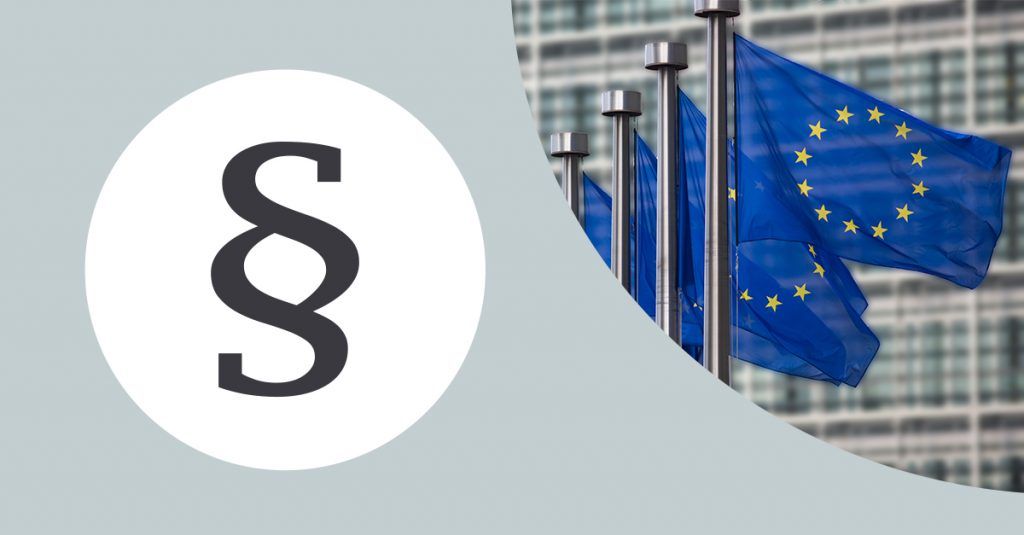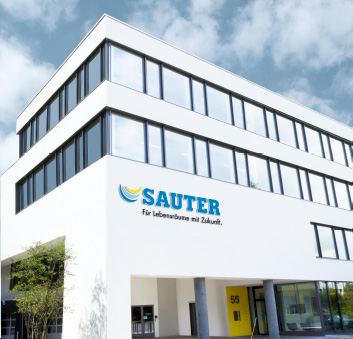Revision of the EU Energy Performance of Buildings Directive
Revision of the EU Energy Performance of Buildings Directive
The revision of the EU EPBD (“Energy Performance of Buildings Directive”) will result in new requirements for the building sector. Intelligent technologies and services in the building automation area support the path to emission-free, digital buildings.
At the beginning of May, the European Union published a comprehensive revision of its Energy Performance of Buildings Directive (EPBD), which sets specific requirements and targets for the energy efficiency and intelligence of buildings throughout the EU. These relate to both residential and non-residential buildings.
In the EU member states, new buildings are to be gradually implemented as zero-emission buildings, which means that these buildings must not generate any carbon emissions through the consumption of fossil fuels on site. They should also be able to adjust their energy consumption, energy generation and energy storage if necessary. From 1 January 2028, this will apply to new public buildings and from 1 January 2030 to all new buildings.(1) In addition, each member state is to set up a national database (or several) for the energy performance of buildings.
Requirements with a focus on building technology
The most important changes according to eu.bac, the European Association for Building Automation:
Extended requirements for building automation and control systems (BACS)
- In non-residential buildings, building automation systems must be installed if the rated output for heating systems, air-conditioning systems, systems for combined space heating and ventilation, or systems for combined air conditioning and ventilation is 70 kW or more (the previous threshold was 290 kW and this is valid until the end of 2024; the new deadline is end of 2029).
- From May 2026, new and comprehensively renovated residential buildings will also have to introduce mandatory building automation functions.
- In addition, non-residential buildings must be equipped with automatic lighting controls. The automatic lighting controls must be adequately zoned and must have occupancy detection.
Focus on the indoor environmental quality (IEQ)
- For the first time, the EPBD has set standards for healthy indoor air quality and requires member states to implement these standards.
- Intelligent technologies are recognised as important for effectively monitoring and reporting the indoor air quality enhancing the functions of building automation systems.
„Smart Readiness Indicator“ (SRI)
The Smart Readiness Indicator is a rating system that determines the intelligence of a building and evaluates its technological maturity in terms of its ability to interact with users and the energy network, and the efficiency of its management functions.
- The European Commission is expected to report on SRI testing by June 2026, and to prepare a legislative instrument by June 2027 requiring the use of SRI in large non-residential buildings.
Hydronic balancing
- New buildings and buildings that replace their heat or cold generators must introduce self-regulating devices for the separate regulation of the temperature and hydronic balancing.
Unless otherwise stated, the new provisions must be implemented by the Member States within 24 months, i.e. by 29 May 2026.
Inspection obligation with reporting
In addition, member states must introduce regulations for the regular inspection of heating, ventilation and air conditioning systems with a rated output of over 70 kW. This inspection obligation applies to residential and non-residential buildings, whereby different requirements may be imposed depending on the size of the system:
- Systems over 290 kW should therefore be inspected at least every three years.
- Systems over 70 kW should therefore be inspected at least every five years.
The inspection covers the efficiency and dimensioning of the systems as well as the possibility of adjusting temperature settings and reducing the use of fossil fuels or utilising renewable energies. Installations in buildings with building automation or with contractually agreed efficiency targets are exempt from the inspection obligation. Member states can also take alternative measures to the inspection if these have an equivalent effect. After the inspection, a report with recommendations must be drawn up and uploaded to the national database for energy efficiency in buildings.(2)
Benefit from SAUTER’s group-wide expertise
The revised directives have enormous potential for reducing energy consumption, improving the well-being of residents, and preparing for an emission-free, digital building sector. As a manufacturer and service provider in the field of building automation, SAUTER supports your customers in finding solutions, and planning and implementing them.
Get in touch with our sales department.
(1) Further details can be found in Article 7 of the EPBD.
(2) Further information can be found in Articles 23 and 24 of the EPBD.
About SAUTER
New building, refurbishment or building operation – SAUTER is your reliable partner for sustainability, operational safety and comfort of real estate. With our intelligent solutions for building control, room automation and technical facility management, we safeguard your investment and support you in achieving your ESG goals. We create sustainable environments. Since 1910.
The SAUTER Group
- Global company headquartered in Basel, Switzerland
- Technology leader in the field of building automation, system integration and building services
- Focus: maximum energy efficiency and sustainability
- Goal: investment and operational safety throughout the entire building life cycle
- Member of the BACnet Interest Group (BIG-EU), BACnet International, EnOcean Alliance as well as the bac, KNX and DALI Alliance (DiiA)


